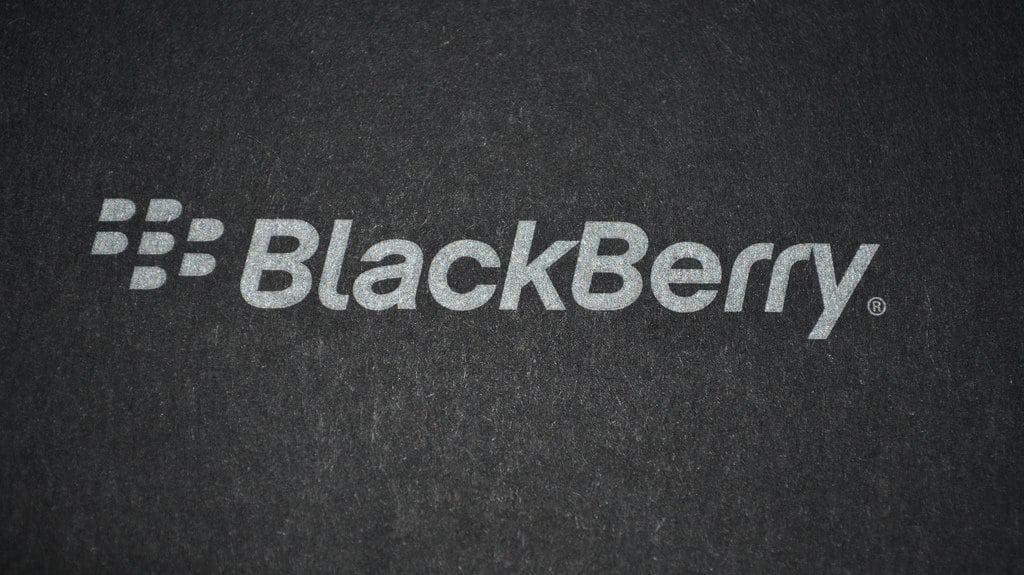BlackBerry (TSX:BB)(NYSE:BB) stock fell 5.13% on October 1. The dip was an unwelcome start to the week after the stock surged on September 28. This followed the morning release of its fiscal 2019 second-quarter results.
BlackBerry has turned a corner since appointing John Chen to chief executive officer back in November 2013. The company shifted its strategic vision to software after its top-line hardware business was outpaced by competitors in the latter half of the last decade. This shift has yielded positive results, and BlackBerry has established a solid footprint and several industries and markets that are trending upward.
These markets include cybersecurity and autonomous vehicles. On September 12 BlackBerry announced a global ISV (independent software vendor) with Check Point Software. The partnership will allow for joint go-to market planning and selling of Check Point’s SandBlast Mobile, a mobile threat defence solution, and BlackBerry products and solutions.
In the second quarter of fiscal 2019, BlackBerry reported non-GAAP revenue of $214 million. Software and services revenue rose 1% year over year to $197 million. The company reported that approximately 81% of software and services revenue was recurring in the second quarter. BlackBerry reported a profit of $43 million as the company benefited from reduced costs in research and marketing as well as a $70 million fair-value adjustment on debentures.
The company reaffirmed its outlook for fiscal 2019, as it expects software and services billings growth to reach double digits for the full year. It has forecast total software and services revenue growth between 8% and 10% for fiscal 2019 compared to the prior year. BlackBerry also projects positive cash flow.
The growth potential offered by its QNX car-connected software continues to be a focus for those who are bullish on BlackBerry going forward. The company also achieved better enterprise sales numbers in the quarter. BlackBerry leadership credited the improvement in enterprise software revenue to a shift in accounting. As I’d mentioned in the first article linked above, the company also expects revenues to stabilize in this division by the beginning of the next fiscal year.
Can BlackBerry get back into the black in 2018?
BlackBerry stock has dropped 1.2% in 2018 as of close on October 1. The company has generated deserved optimism, but there is intense competition in markets where BlackBerry will rely on future growth. Canada has lagged behind in the development of autonomous vehicle technology, and big tech firms are accelerating their push to get a leg up in what will grow into a massive market in the latter half of this century.
BlackBerry reported that its QNX business saw growth across the board in the second quarter. Its ADAS (advanced driver assistance systems) and instrument cluster posted the most impressive growth. BlackBerry also grew its worldwide channel partners for QNX to 48 in the quarter, which is up 20% from the beginning of fiscal 2019.
Investors betting on BlackBerry’s long-term success will have to gut out volatility in the near term. For those willing to be patient, BlackBerry has made promising strides in key markets that make the stock an attractive long-term hold.








